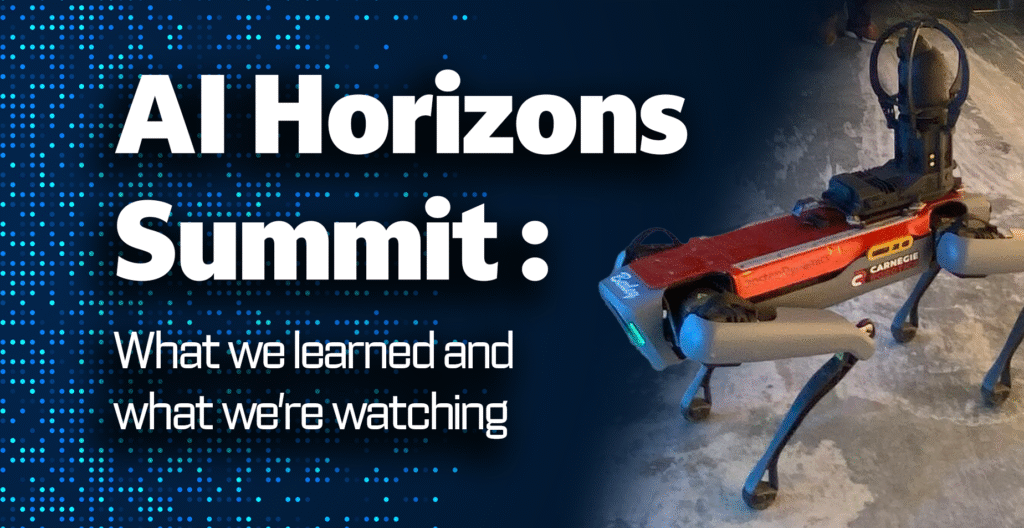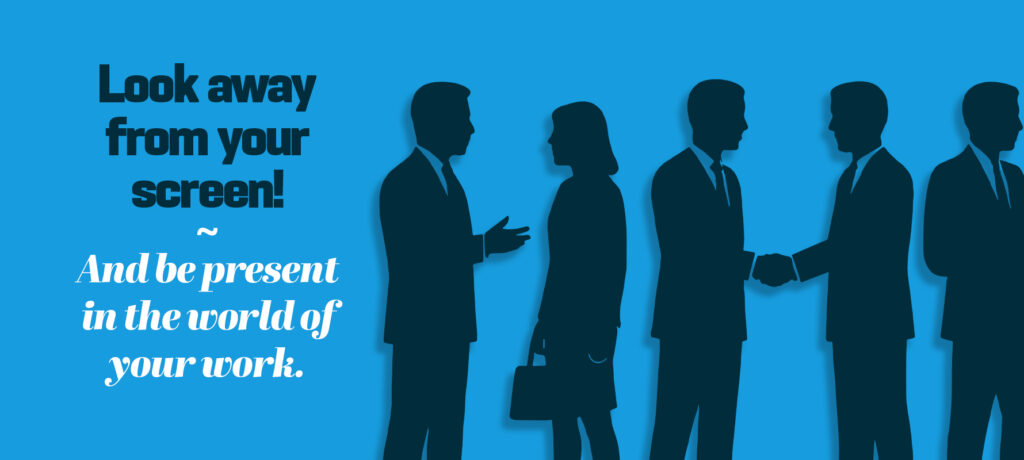Ceisler Media Senior Associate Drew Murren has watched all recent marches in Harrisburg. He writes here that the “Black Lives Matter” protestors are far more important than those shouting for the state to open up.
Recently in this space, I wrote about Harrisburg as being the key to understanding the Keystone State. It is the place where Pennsylvania comes together, for better or for worse.
So much has changed in the past few weeks since we Harrisburg residents were annoyed by the hordes of suburban white people who descended on our city, honking their horns and flouting social distancing in the name of being able to get haircuts. In the wake of the death of George Floyd, the streets of Harrisburg have once again filled with protestors, although the tone has changed dramatically.
I personally witnessed all of the recent rallies around the Capitol. The “Reopen PA” rallies in late April and early May had an almost festive atmosphere. People were holding signs calling Gov. Tom Wolf a tyrant, and making bad jokes about getting haircuts. There was a sense of aggrieved entitlement, but even then, and especially now, their grievances seemed small and self-centered. Most of the protestors were clearly not city residents, and it showed in the way they treated our city and our streets.
 In sharp contrast, our streets in recent weeks have been filled with chants of “Black Lives Matter,” and “No justice, no peace,” on a near daily basis. These protestors aren’t jovial. They’re not trying to come up with funny protest signs, and they are not marching for something so frivolous as a haircut or a round of golf.
In sharp contrast, our streets in recent weeks have been filled with chants of “Black Lives Matter,” and “No justice, no peace,” on a near daily basis. These protestors aren’t jovial. They’re not trying to come up with funny protest signs, and they are not marching for something so frivolous as a haircut or a round of golf.They’re marching for their lives and those of their friends and neighbors.
One commonality between the two protests is the overt presence of weapons. At the “Reopen” rallies, people were openly carrying long guns, not only at the protest, but through residential neighborhoods. During the Black Lives Matter protests, the weapons were all in the hands of the police, who decided this situation called for breaking out the riot gear – even after a parade of white people with military-style weapons did not.
Last weekend I attended a rally at the Capitol, and after it ended, a large group of protestors stayed behind to walk the streets. When I heard them coming up my street later in the afternoon, I went back out to join them. As I stood on my corner, in the shadow of the Capitol building, I watched hundreds of people from all backgrounds wearing masks, keeping appropriate social distance, and, in one voice, demanding justice. It was an incredibly powerful scene.
In that moment I got some infinitesimal taste of the fear that I imagine people of color, and black people especially, feel when they see a police car in their rearview mirror. I cannot fathom living with that stress day in and day out. Nobody should have to live that way. Thankfully in this instance there was no violence, but the tension was palpable, and it easily could have ended differently.
Police violence against communities of color is nothing new, but the advent of smartphones has forced white people to confront some of the harsh realities of being a person of color in America. Many of us can’t or won’t grapple with these truths. They fly in the face of the comforting story we’ve been told since we were children that America is the world’s greatest democracy, a place where all men are created equal, and there is liberty and justice for all.
If we are to live up to our ideals, and truly be the people we tell ourselves we are, we all must work together to dismantle the systems that prevent so many of our friends and neighbors from participating fully in the American experiment. White people need to force ourselves to look at the things many of us would rather sweep under the rug and take meaningful action to make sure every one of us can feel safe in our cities and on our streets.
There are plenty of black voices out there who have been telling these stories for years, and I would encourage everyone to seek those voices out, and grapple with the truths they are telling. For me personally, I have found Ta-Nehisi Coates’ “The Case for Reparations,” and Nikole Hanna-Jones’ “The 1619 Project” to be poignant, informative, and infuriating. I strongly recommend them.
Police reforms are important, and absolutely must be addressed. But if we are to truly create a system where all Americans can breathe free, we must go further. We have to address more than 400 years of the brutalization of black bodies in America. There is currently legislation pending in the U.S. House of Representatives, H.R. 40, that would study the black experience in America since 1619 and propose remedies. It’s not a silver bullet, but it would represent an important first step toward justice, and hopefully toward peace.




